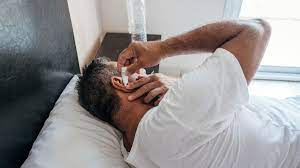Warning Signs Of Breast Cancer That Aren’t Lumps
Breast cancer signs and symptoms
Although a lump in the breast is typically associated with breast cancer, much of the time such lumps aren’t cancer. According to the Mayo Clinic, most are benign, or noncancerous.
Common causes of benign breast lumps include:
- breast infection
- fibrocystic breast disease (“lumpy breasts”)
- fibroadenoma (noncancerous tumor)
- fat necrosis (damaged tissue)
With fat necrosis, the mass can’t be distinguished from a cancerous lump without a biopsy.
Even though the majority of breast lumps are caused by less severe conditions, new, painless lumps are still the most common symptom of breast cancer.
Early on, a woman may notice a change in her breast when she performs a monthly breast exam or minor abnormal pain that doesn’t seem to go away. Early signs of breast cancer include:
- changes in the shape of the nipple
- breast pain that doesn’t go away after your next period
- a new lump that doesn’t go away after your next period
- nipple discharge from one breast that is clear, red, brown, or yellow
- unexplained redness, swelling, skin irritation, itchiness, or rash on the breast
- swelling or a lump around the collarbone or under the arm
A lump that is hard with irregular edges is more likely to be cancerous.
Later signs of breast cancer include:
- retraction, or inward turning of the nipple
- enlargement of one breast
- dimpling of the breast surface
- an existing lump that gets bigger
- an “orange peel” texture to the skin
- vaginal pain
- unintentional weight loss
- enlarged lymph nodes in the armpit
- visible veins on the breast
Having one or more of these symptoms doesn’t necessarily mean you have breast cancer. Nipple discharge, for example, can also be caused by an infection. See your doctor for a complete evaluation if you experience any of these signs and symptoms.Breast exams
When you visit your doctor with concerns about breast pain, tenderness, or a lump, there are common tests they might perform.
Physical examination
Your doctor will examine your breasts and the skin on your breasts, as well as check for nipple problems and discharge. They may also feel your breasts and armpits to look for lumps.




